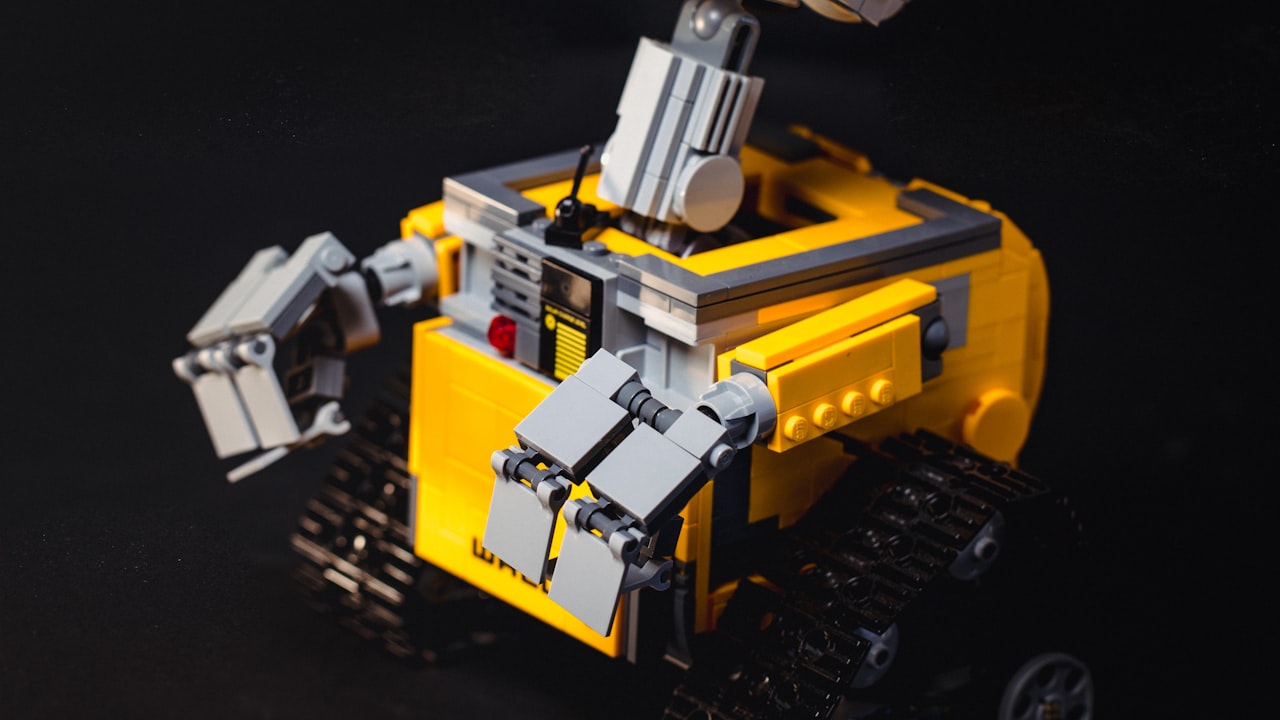Edwin is a writer who likes to write articles about investment and emerging industries. In addition, he also likes to share his daily life with cars on his blog. He has been writing for several years and enjoys sharing his knowledge with others.

Automation is described as a broad concept encompassing the use of machines, computers, and other equipment to perform tasks traditionally carried out by humans. Its primary goals are to enhance efficiency, precision, and consistency while reducing reliance on human labor. In industrial manufacturing, automation streamlines processes by replacing or augmenting human involvement with technology, optimizing productivity.
The content further delves into robotics prototyping as a subset of automation, specifically involving the use of physical robots equipped with mechanical components, sensors, and programming to perform tangible tasks autonomously. Unlike automation in software applications, robotics operates in the physical world, with machines capable of interacting with their environment. The significance of robotics is highlighted in industrial settings, where precision, speed, and consistency are crucial. Robotic arms in manufacturing plants, for example, excel in handling repetitive tasks with high accuracy, contributing to increased production efficiency.
The Interplay between Robotics and Automation
In many industrial applications, robotics and automation work in tandem to create a synergistic effect. The marriage of these two technologies is particularly evident in scenarios like automotive assembly lines, where a multitude of manufacturing robots collaborate seamlessly. These robots, often equipped with machine vision systems, can perform intricate tasks with speed and accuracy.
Consider an example of a modern automotive manufacturing facility where automation controls the overall production line, and robots handle specific tasks like welding, painting, and assembly. This collaboration results in a production process that is not only efficient but also cost-effective.
Automation without Robotics
While robotics and automation frequently coexist, it is important to note that automation can exist independently of robotics. In software development, for instance, automation tools streamline processes such as testing, deployment, and monitoring without the involvement of physical robots. These automated systems enhance efficiency by reducing the potential for human error and accelerating the pace of software development cycles.
Automation in non-physical realms extends to sectors such as finance, where algorithms automate trading processes, and customer service, where chatbots handle routine queries. In these cases, the absence of physical robots does not diminish the impact of automation in streamlining tasks and enhancing overall performance.
Robotics without Automation
Conversely, robotics can exist without automation, although such instances are less common. A notable example is the field of medicine, where surgical robots are controlled by skilled surgeons. While these robots possess physical capabilities for precise movements, the automation aspect is limited to the control system guided by the surgeon’s expertise.
In such cases, robotics serves as an augmentation of human capabilities, providing enhanced precision and control. The human operator retains a central role in decision-making and executing complex maneuvers, showcasing how robotics, even without full automation, can significantly contribute to various industries.
Real-world Applications
The distinctions between robotics and automation become more apparent when examining their applications in real-world scenarios. In industries such as manufacturing, where both technologies are prevalent, the synergy between robotics and automation is striking.
For instance, the prototyping of physical components in industries like automotive manufacturing often involves the utilization of robotics. Companies specializing in prototyping, like 3ERP, receive orders for robotics components, highlighting the demand for precision and advanced technology in the creation of physical prototypes. This dual capability showcases the versatility of integrating both robotics and automation in industrial processes.
Challenges and Opportunities
While the integration of robotics and automation offers numerous advantages in terms of efficiency and precision, it also presents challenges. One significant challenge is the potential displacement of human workers as machines take over routine tasks. The need for upskilling the workforce to operate and maintain these advanced technologies becomes crucial to ensure a smooth transition and continued employment opportunities.
However, the challenges also bring forth opportunities. The collaboration between humans and machines opens up new frontiers for innovation and creativity. As routine tasks become automated, human workers can focus on higher-order responsibilities, such as problem-solving, strategic planning, and innovation. The evolving landscape encourages the development of new skills that align with the demands of a technologically advanced workforce.
Conclusion
The synergy between robotics and automation is evident in various industrial applications, where their combined capabilities enhance efficiency and productivity. Understanding the nuances between these two concepts is essential for navigating the evolving landscape of technology and ensuring a harmonious integration that benefits both industries and the workforce. As we continue to witness advancements in robotics and automation, the key lies in harnessing their potential to create a future where human-machine collaboration drives innovation and progress.
